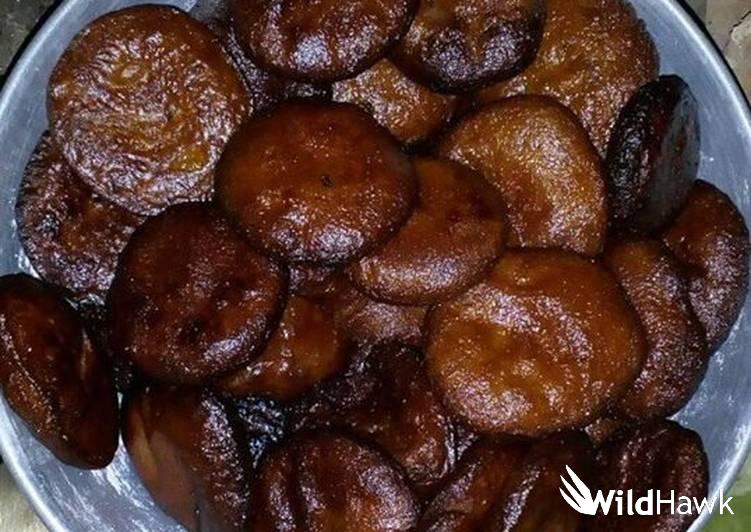Arsa, the most common dessert preparation in Garhwal and which is not only their culture but also the nutritional diet of the body. Arsa is utilized to increase the flow of energy in the body. The presence of Arsa can be observed in every auspicious occasion in the Garhwal region. It is prepared of overnight soaked rice and is mixed together with jaggery syrup and deep fried.
History behind Arsa
The history of Arsa is linked with centuries ago. It is believed that in the 9th century, Brahmins from South India came to Garhwal and taught the art of making Arsa to the locals. It is also believed that 1200 years back there was also a proof of a chief dessert tradition in Garhwal. However, in South India, it is known as Ariselu, and the only difference between the Ariselu and Arsa is the type of jaggery used in different regions. In Garhwal, Garhwal jaggery is used to make Arsa, and in South India dates or palm, jaggery is used to make it.
Connection of Arsa, Garhwal and South India
The connection of Arsa and South India is religious as it is said that Jagadguru Shankaracharya had constructed Badrinath and Kedarnath temples and not only these there are many such temples in Garhwal which were built by the Jagadguru Shankaracharya. In these ancient temples, only Brahmins from South India are kept for worshipping. However, in the 19th century, these Brahmins had brought in Garhwal many times, and this process lasted for a long time. These Brahmins also taught this art of making Arsa to locals here. Since the 9th century, Arsalu or Arsa has been running continuously, and historians believe that in the past 1100 years, there was a proof of a significant desert as well as tradition in Garhwal.
